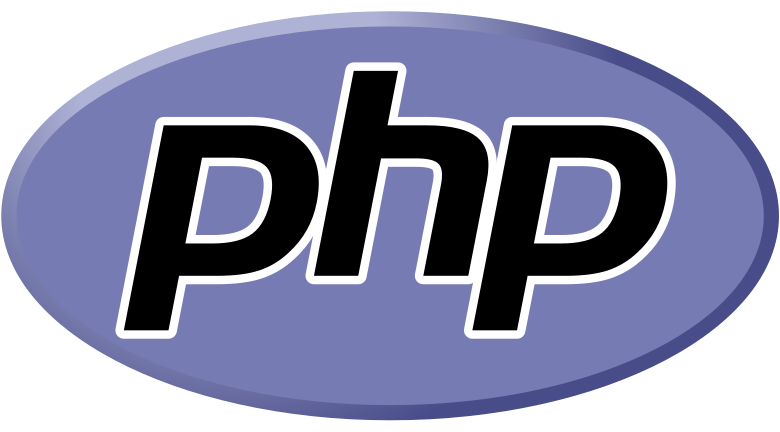PHP

PHP (Hypertext Preprocessor) is a server-side scripting language used primarily for web development. It was originally created by Rasmus Lerdorf in 1994 and later developed by the PHP Development Team.
PHP is a widely-used open-source language and is often used in conjunction with a web server like Apache to create dynamic web pages. It is a powerful language that can interact with databases, manipulate files, and perform various server-side tasks.
PHP code is embedded within HTML and can be run on the server before the page is sent to the user’s browser. This allows for the creation of dynamic web pages that can display data from a database, handle form submissions, and perform other interactive functions.
It is used by many popular websites, including Facebook, Wikipedia, and WordPress. It has a large and active community of developers who contribute to the language and create new libraries and frameworks to make web development faster and easier.
Structure of a PHP Script
A PHP script is typically composed of the following basic elements:
- Opening tag: A PHP script always starts with the opening PHP tag
<?php. - PHP code: The PHP code is the logic and instructions that perform the desired operations. It can include variables, conditional statements, loops, functions, and other programming constructs.
- Closing tag: The closing tag
?>is optional in modern PHP, but it is good practice to include it to avoid unexpected behaviour in some situations.
Here’s an example of a simple PHP script that outputs the current date and time:
<?php
// Get the current date and time
$currentDateTime = date('Y-m-d H:i:s');
// Output the current date and time
echo "The current date and time is: " . $currentDateTime;
?>
In the above example, the opening tag <?php indicates the beginning of the PHP code. The date() function is used to retrieve the current date and time, which is stored in the $currentDateTime variable. Finally, the echo statement outputs a message with the current date and time.
Note that PHP is an interpreted language, which means that it doesn’t require a compilation step. Instead, the PHP interpreter processes the script and executes the code in real time.
You can learn more about the PHP language or script from their official website by following this URL: https://www.php.net/